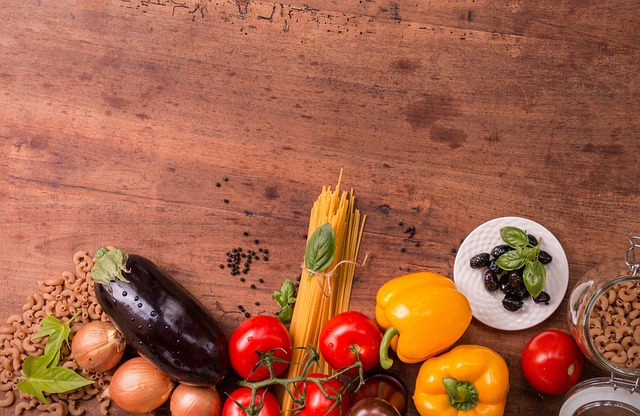
Italy, Famous for its Cuisine, its Gastronomic Products and its Food and Wine Tradition, has Always Occupied a Prominent Position in the International Food Market and the Trend Seems to be Confirmed Even in Recent Years.
Over the years, Italian food exports have represented an economic pillar for the country, significantly contributing to its image and presence on global markets. However, in the context of 2023, Italian food exports face new challenges and opportunities in an ever-changing environment. Italian food exports are characterized by a wide range of products, including olive oil, wine, cheeses, pasta, cured meats and other typical regional products. Europe has historically been the main destination market for Italian foods, but in recent decades there has been a growing opening towards markets outside the continent, such as Asia, America and the Middle East.
Within the European Union, Italy continues to export a wide range of food products. The European market remains an important consumer base for Made in Italy, thanks to its geographical proximity, the ease of movement of goods and the sharing of food traditions. However, exporting to Europe is not without its challenges and increased competition within the European market, increasingly stringent food safety regulations and evolving consumer preferences represent potential obstacles. The need to adapt to more stringent regulations and to innovate to meet changing market demands has become a crucial point for the Italian food industry.
In recent years, exports to the rest of the world have gained ground, highlighting a growing interest in Italian food products. Asia, in particular, has proven to be a market with considerable potential and countries such as China, Japan and South Korea demonstrate a growing demand for high-quality Italian products, such as olive oil, wine and cheese. Likewise, the American continent and the Middle East are becoming increasingly interested in Italian food products, appreciating their quality, authenticity and craftsmanship. However, accessing these markets requires adaptability and understanding local consumer preferences, as well as overcoming complex tariff and regulatory barriers.
One of the main challenges faced by the food industries of the Bel Paese is represented by the competition from other quality food producing nations such as, for example, France, Spain and other Mediterranean countries which are however known for their high quality food production, creating significant competition on the global market. Logistical challenges, such as distribution and international market management, can affect the freshness and quality of Italian products during transportation to distant destinations without forgetting that trade policies and tariff barriers in many countries can represent significant obstacles for the export.
Despite the challenges, there are significant opportunities for Italian food exports and the emphasis on authenticity, provenance and quality continues to be a strength. Investing in marketing strategies that highlight the origin and quality of products could further consolidate Italy’s presence on global markets. Furthermore, innovation and adaptation to changes in consumer preferences offer new growth prospects and environmental sustainability, in addition to organic production, are becoming increasingly important for international consumers and can represent an opportunity for Italian exports.
In 2023, Italian food exports are an evolving sector facing challenges and opportunities. Maintaining a reputation for quality, authenticity and tradition remains key to continuing to compete internationally. The ability to adapt to market changes, innovate and exploit new opportunities is essential to ensure the continuous growth of Italian food exports to Europe and to the rest of the world. The extreme success of Italian products all over the foreign countries must be exploited to the fullest by large food companies and small producers to emphasize the exclusivity of the typical Italian quality.



 Subscribe
Subscribe